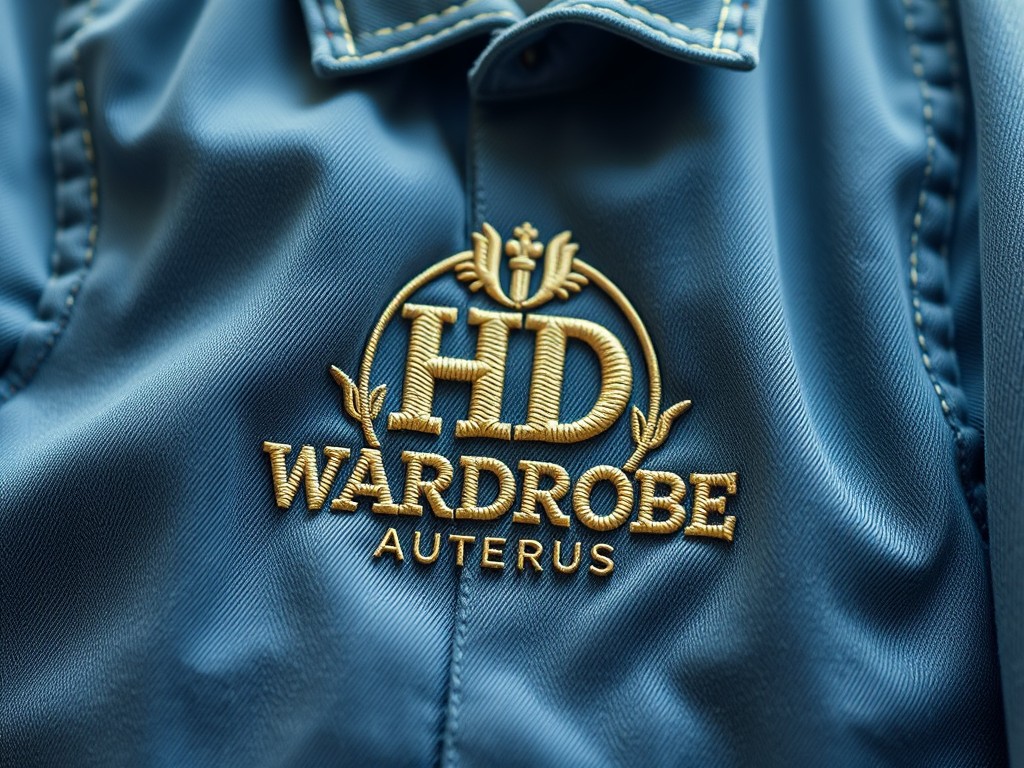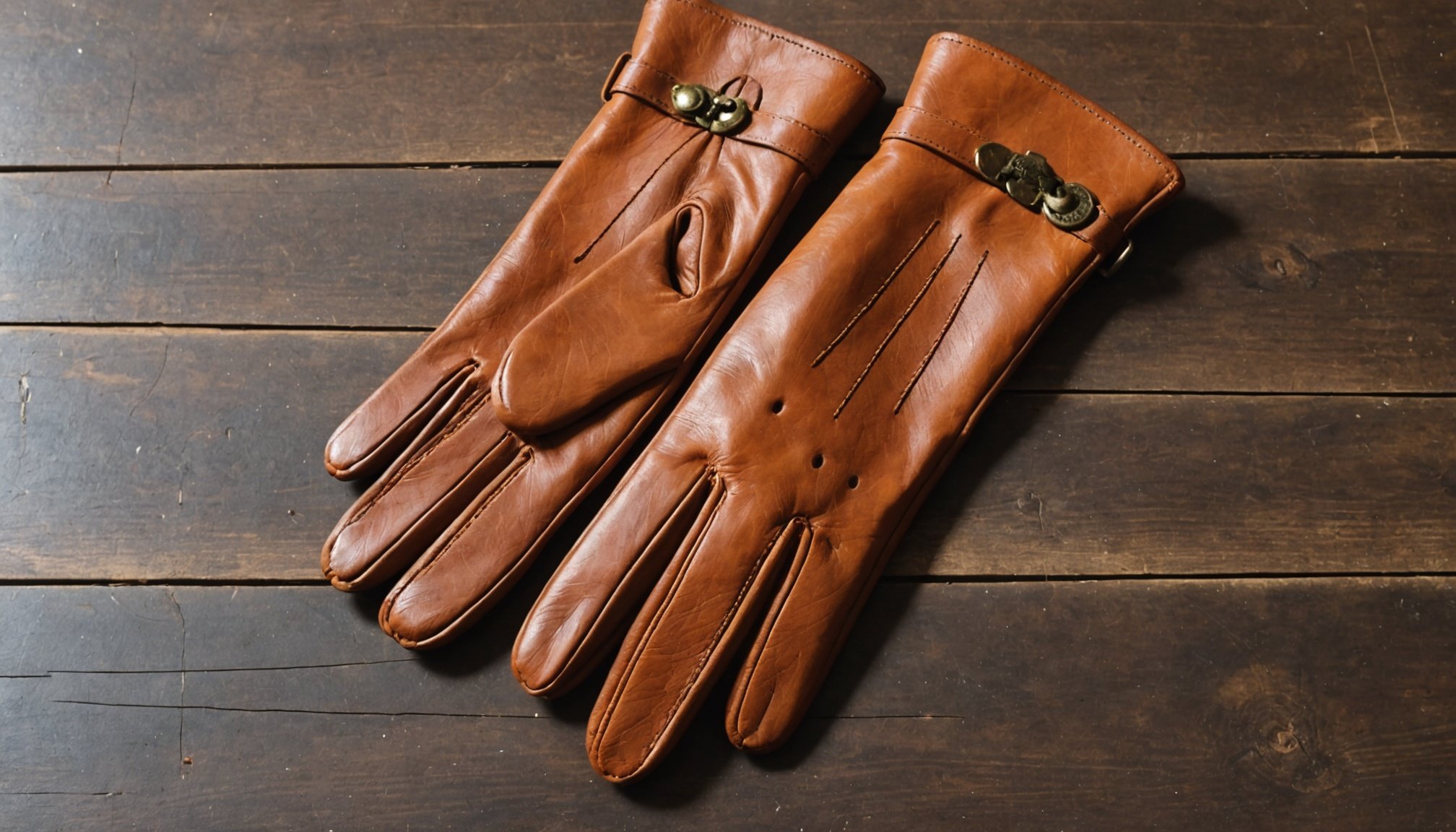Effective Techniques for Cleaning Vintage Leather Gloves
Caring for vintage leather gloves can seem daunting, but with the right approach, it becomes a rewarding process. Begin by assembling essential cleaning supplies, including a soft cloth, mild soap, distilled water, and conditioning agents. These are crucial for effective leather care methods that protect the glove’s integrity.
Before starting any cleaning, always test the methods on a small, inconspicuous part of the glove. This precaution helps prevent potential damage and assures that the chosen approach suits the glove’s material.
This might interest you : Top UK Brands for High-Quality Thermal Insoles to Keep Your Winter Boots Toasty
For a DIY glove restoration, gently wipe the surface grime with a soft, damp cloth. Use a mixture of mild soap and distilled water for tougher spots, lightly sponging the leather and avoiding excess moisture penetration. After cleaning, dry the gloves naturally away from direct heat sources to maintain their shape and texture.
Finally, once dry, apply a suitable conditioner. This step rejuvenates and protects the leather, keeping vintage leather gloves supple and extending their life. Using these techniques, you’re not just cleaning; you’re preserving a piece of history.
In the same genre : Discover chic swimwear for cozy elegance on breezy uk beach days
Restoring Condition of Vintage Leather Gloves
Restoring vintage leather gloves requires careful attention to maintain their original charm and functionality. Effective leather restoration techniques start with a thorough assessment of the glove’s current condition.
Assessing the Current Condition
Begin by identifying signs of wear and tear, such as cracks, discoloration, and stiffness. Understanding the type of leather is crucial, as different leathers show deterioration uniquely. Common types of leather used in gloves include cowhide, sheepskin, and goatskin, each requiring specific conditioning leather strategies.
Applying Leather Conditioner
To restore and preserve the gloves, apply a leather conditioner suitable for vintage items. Choose products specifically designed to rejuvenate aging leather, ensuring they enhance flexibility without altering the glove’s appearance. For even application, use a soft cloth or a sponge, applying the conditioner in small, circular motions. This technique helps maintain the glove’s flexibility and suppleness, ensuring they remain comfortable and extend their lifespan.
Repairing Small Damages
For small tears or holes, employ repair methods designed for leather. Techniques such as leather adhesive or professional-quality stitching can effectively mend damage. When stitching, select a needle and thread compatible with leather to avoid further harm. Always practice on scrap leather first to hone your skills before tackling repairs on your cherished gloves.
Maintaining Vintage Leather Gloves
When it comes to maintaining leather gloves, especially vintage ones, preserving their elegance requires attention to detail and proper care techniques. First, storing your gloves properly can prevent unnecessary wear and tear. It’s advisable to keep them in a cool, dry place, away from direct sunlight, and to avoid tightly packed storage spaces where they could lose shape.
A regular cleaning schedule is essential for glove preservation. You should gently wipe your gloves with a damp cloth, taking care not to soak the leather. This simple step keeps dirt and oils from accumulating and degrading the leather over time. Additionally, incorporating leather conditioning into your routine can significantly extend the lifespan of your gloves. Conditioning leather regularly keeps it supple and prevents cracking.
Environmental factors also play a crucial role in leather care tips. High humidity, for example, can lead to mould growth, while extremely low humidity can dry out the leather. Therefore, maintaining a balanced environment is key. If your living area tends to be quite humid, consider using a dehumidifier in your storage area.
By adopting these practices, your vintage leather gloves can remain in top condition, ready to be worn with timeless style.
Tools and Products Recommended for Leather Care
Understanding proper leather care begins with knowing the right tools and products. Whether you’re restoring vintage gloves or maintaining everyday items, investing in suitable tools is a necessity.
Essential Tools
The best tools for cleaning leather include soft-bristle brushes and microfiber cloths, ideal for removing dust and grime without scratching the leather. When applying conditioning products, consider using sponge applicators or dedicated leather care cloths. Their texture ensures even distribution of products, helping the surface maintain its natural oil balance.
Recommended Products
To best care for your leather items, consider top-rated leather cleaners like Lexol or Leather Honey, known for their effectiveness. Conditioning products, such as Chamberlain’s Leather Milk, nourish and protect the leather. For a budget-friendly approach, homemade solutions using ingredients like white vinegar and linseed oil can also be effective.
Where to Purchase
In the UK, quality leather care products are available at stores like Timpson or online retailers such as Amazon and Leather Direct. These outlets provide a wide range of cleaners, conditioners, and tools to suit various leather care needs, ensuring long-lasting durability and appearance of your leather goods.
Personal Anecdotes and Expert Insights
Exploring the world of vintage gloves is like uncovering a hidden treasure trove. Many enthusiasts share stories of their vintage glove finds, often discovered in quaint thrift shops. These spectacular discoveries, sometimes tucked away in forgotten corners, become unique additions to one’s collection. Whether it’s a pair of leather gloves donned by a flapper in the 1920s or a rare pair from the 1950s, each find tells its own story.
For those looking to keep their vintage treasures in prime condition, expert leather care advice is crucial. Seasoned collectors recommend gentle cleaning using specialized products to maintain leather’s integrity. Conditioning the leather can also prevent cracking, ensuring gloves remain supple and wearable for years to come.
Thrift shop finds can often be purchased at bargain prices. However, maximizing their value requires a keen eye. Inspect carefully for signs of authenticity and minimal wear and tear. Those skilled in restoration often find that even slightly worn pieces can be restored beautifully with the right techniques. Lessons from seasoned restorers emphasize patience, attention to detail, and a love for the craftsmanship behind each piece. Armed with these insights, newcomers can dive confidently into the fascinating realm of vintage glove collecting.






